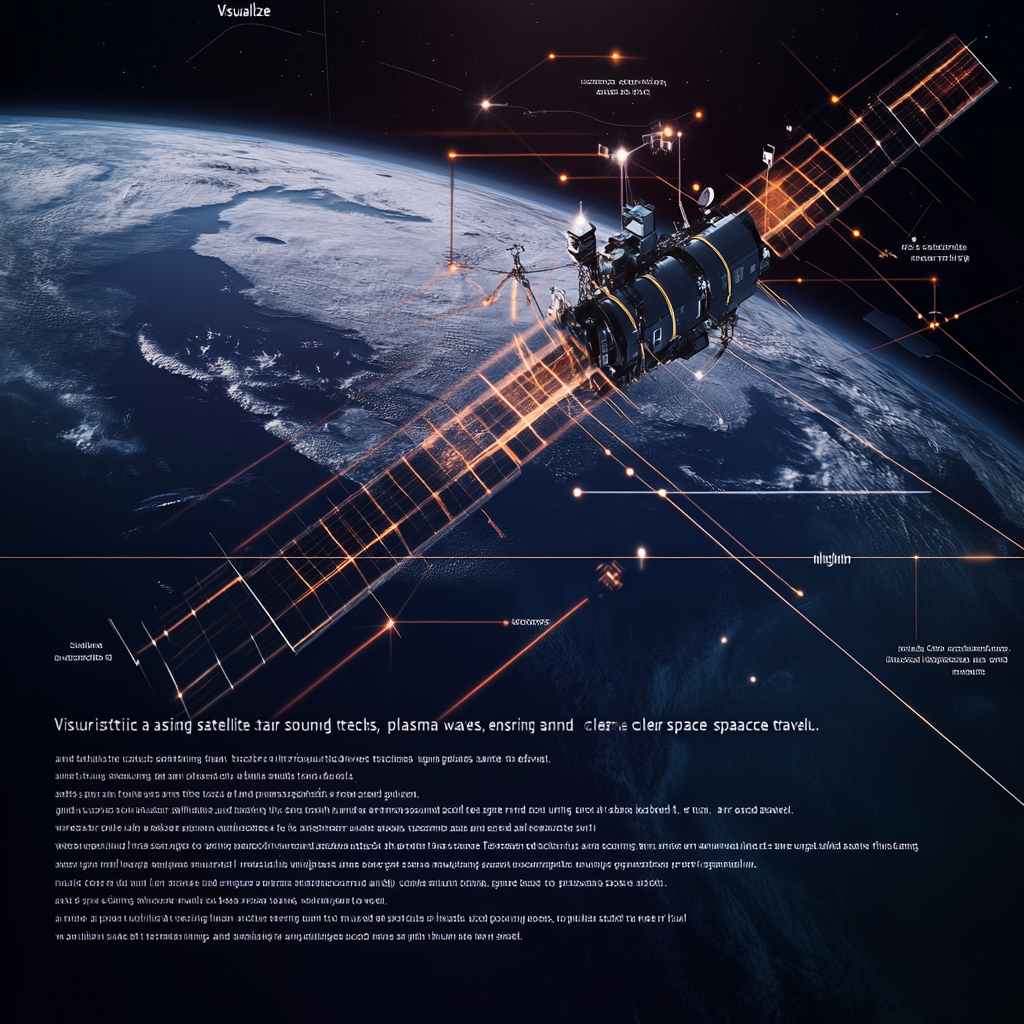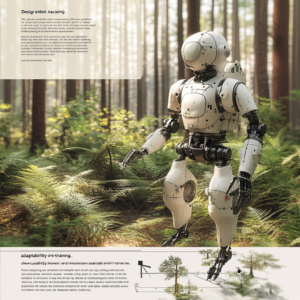
“Seismometers Capture Atmospheric Shock From Incoming Space Debris”
The Quest to Tame Space Junk: Innovative Methods for Detecting and Tracking Space Debris
In the dizzying expanse of the cosmos, a burgeoning chaos looms that threatens the delicate dance of satellites and space missions: space debris. Call it what you will: space junk, space litter, or even the bane of our extraterrestrial existence – but one fact is indubitable: this cosmic clutter, from minuscule flecks to retired satellites, can wreak havoc, turning peaceful space exploration into a game of cosmic dodgeball. So, how do we tackle this escalating threat? Well, masterminds in science and engineering are stepping up with their inventive tricks, devising methods to detect and track these unwanted celestial companions.
Star Trackers: The New Guardians of Space
First off, let’s talk about the star trackers. You might think these nifty devices just help our spacecraft know which way is up, but the innovations brewing within their circuits are far more thrilling. Companies like Arcsec, a brainchild of the Catholic University in Leuven, Belgium, have taken these ordinary navigational aides and turbocharged them with the ability to spot debris as small as an inch wide – that’s right, tiny bits of metal that current monitoring systems would completely overlook.
Here’s the scoop on how these star trackers pull off their sorcery:
- Detection Mechanism: They use optical sensors to pinpoint star positions. When something out of star context pops up on the cosmic radar, the system raises its metaphorical hand to signal potential debris on the horizon.
- Trajectory Calculation: By stitching together a sequence of images, the system can calculate not just where the debris is now but where it’s headed, giving space situational awareness companies the insight they need to avert collisions.
- Size Estimation: And just for kicks, the brightness of the detected object helps figure out its size, adding another layer of data for calculations.
Think about it! This technology is set to flip the script on space traffic management, like hiring a space traffic cop with eagle-eyed precision to protect our otherworldly investments from becoming a cosmic pancake.
Plasma Waves: A New Frontier in Debris Detection
Now, if you’re ready for a twist in the tale, let’s dive into the realm of plasma waves. Yes, you read that right! This mind-blowing method, known as Space Object Identification by Measurements of Orbit-driven Waves (SOIMOW) – let’s take a breath after saying that! – utilizes the electric fields generated by charged space debris as it zips through the void.
Here’s what you need to know:
- Plasma Oscillations: Like it’s straight out of a sci-fi flick, as debris flies through space, it sets off plasma oscillations that can be detected by innovative instruments stationed either in orbit or on the ground.
- Electric and Magnetic Fields: The currents created by these metal nuisances resonate through the plasma, producing magnetic, electric, and density oscillations that sensors can detect. It’s like having a cosmic eavesdropper listening for errant signals!
- Practical Applications: Using the Canadian Swarm-E satellite and Alaska’s HAARP Facility, scientists are successfully catching these plasma waves – a revolutionary step in the quest to track space debris that’s smaller and slipperier than ozone-destroying bad ideas.
This approach could lead to breakthroughs capable of spotting the elusive debris that conventional optical and radar systems often miss. It’s like finding a needle in a haystack, except that this needle is floating in the vast abyss of outer space!
Infrasound: Listening to the Skies
Hold on to your hats because the innovative ideas keep rolling in! Researchers are also turning their ears to the skies, utilizing infrasound technology to detect both space debris and meteor impacts. Infrasound refers to sound waves with frequencies lower than 20 Hz—basically, sounds that your ears just cannot detect, but the instruments can. Who knew silence could be so noisy?
Let’s break this down:
- Atmospheric Shock Waves: When a piece of space junk or a meteor cannonballs into our atmosphere, it generates infrasound waves that rip through the air. Specialized observatories can pick up on these shock waves, something akin to catching whispers of cosmic happenings.
- Long-Range Tracking: These sophisticated instruments can track debris across vast distances, yielding crucial insights on their flight patterns and potential impact zones. Imagine having a sort of radar that listens instead of looks – how cool is that?
This passive detection offers a golden counterbalance to the more aggressive methods like our star trackers and plasma wave detection, creating a harmonious symphony of strategies to keep space in check.
Conclusion
The battle against space debris is not for the faint of heart. It’s a complex war, with innovative solutions and collaborative efforts calling out for our attention. With transformational tools like star trackers, plasma wave detection, and infrasound monitoring at our disposal, humankind is better prepared than ever to guard our cosmic assets and ensure that our ventures into space remain sustainable and safe.
So as we continue to press the boundaries of exploration beyond our pale blue dot, staying informed about the latest developments in space debris detection is more vital than ever. Whether you are a cosmic enthusiast, a budding researcher, or simply a curious soul fascinated by the universe, knowing what’s happening in the realm of space exploration is essential.
Want to stay up to date with the latest news on neural networks and automation? Subscribe to our Telegram channel: @channel_neirotoken.

